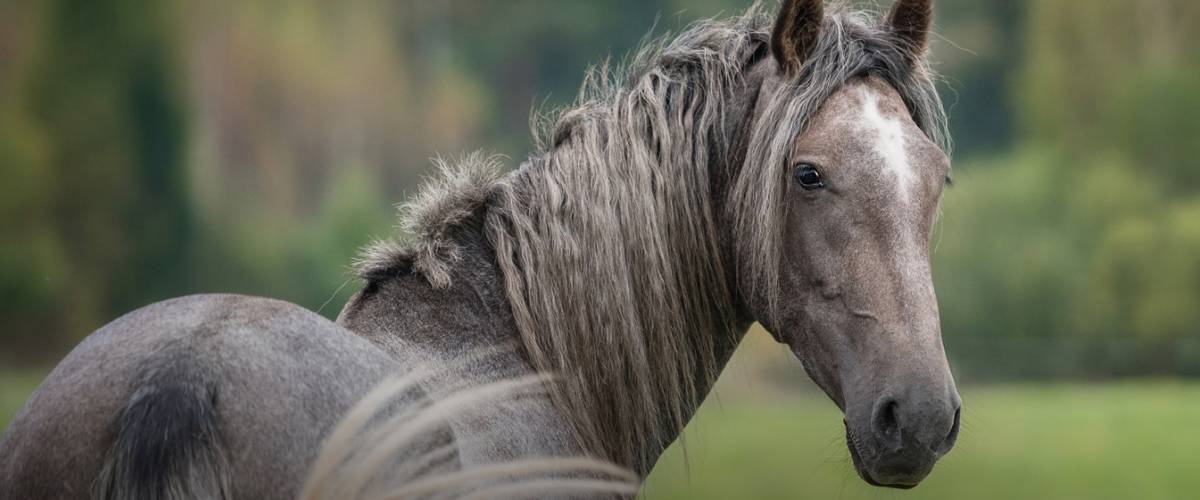
July 26, 2021 – A grimace, a shift in gait or stance. Subtle behavioral signs can tell owners and handlers a lot about the health and welfare of their horses, ponies, mules and donkeys. And that’s what three newly funded equine behavior and health research teams are counting on.
In one study, researchers at Utrecht University, Netherlands, are validating an easy-to-use questionnaire to help owners recognize and monitor behavioral signs of chronic osteoarthritis pain in their horses. Osteoarthritis in horses often goes unrecognized and untreated. This new tool may help owners and veterinarians better monitor treatment effectiveness and pain progression, and inform quality-of-life decisions.
Next, University of California, Davis, researchers are trying to find better ways of recognizing pain in mules. The team is using a combination of facial expressions (called a grimace scale) and Smart HalterTM, a new technology to monitor physical signs of pain, including heart rate and respiration.
They hope these easy-to-use tools will improve pain management for mules, helping veterinarians, sanctuaries and nonprofit organizations care for these increasingly popular animals.
Finally, researchers at the University of Bologna, Italy, are working to improve the welfare of unbroken horses transported over long distances. Finding a reliable way, including behavioral cues, to distinguish between broken (well-handled) and unbroken (unhandled) horses, will ensure these animals are transported in accordance with strict regulations based on their status, reducing their mental and physical distress during travel.
Morris Animal Foundation has long recognized the connection between behavior and the health and welfare of animals. Identifying specific behaviors associated with pain and stress, especially at early stages, will help guide interventions and improve the well-being of horses, ponies, mules and donkeys everywhere.




